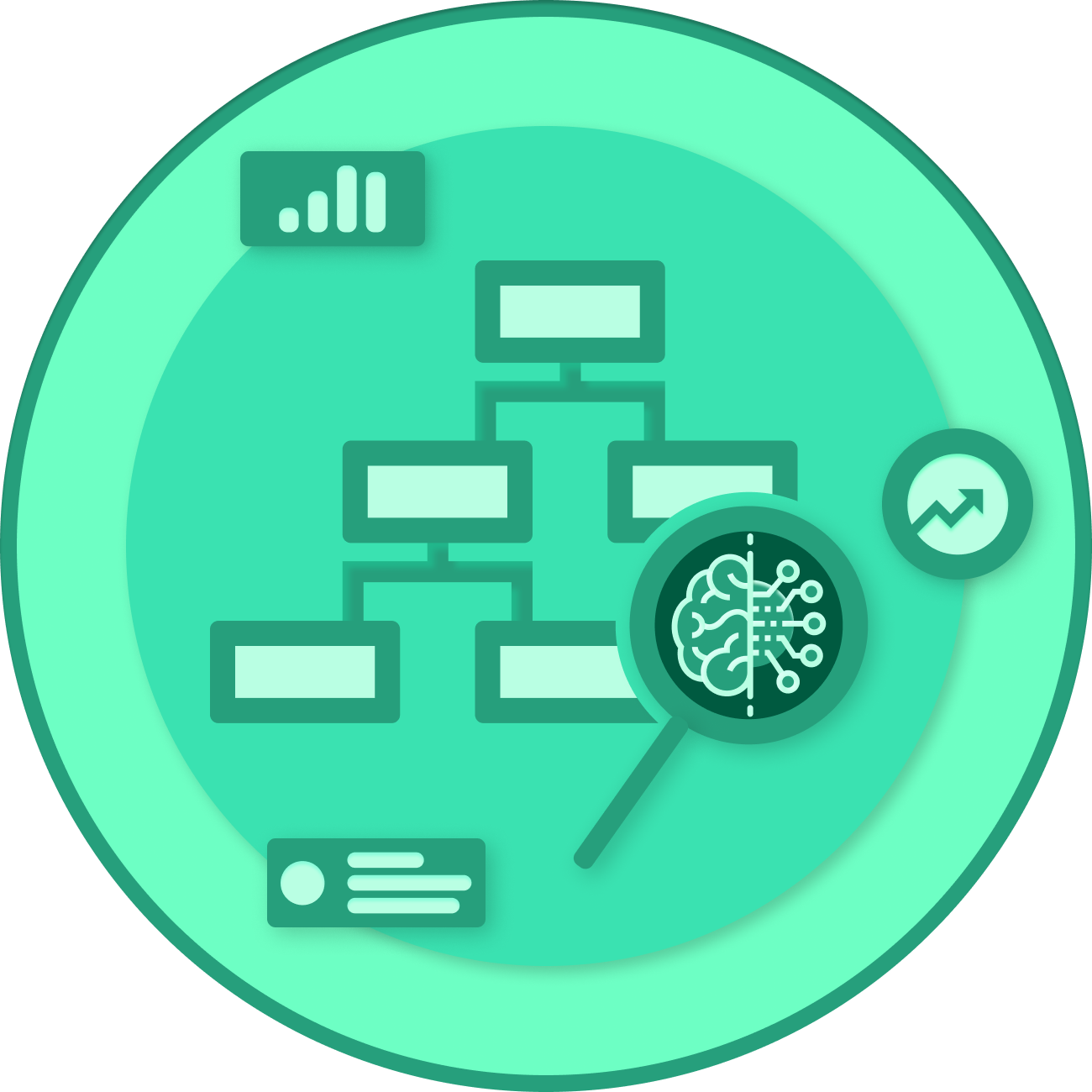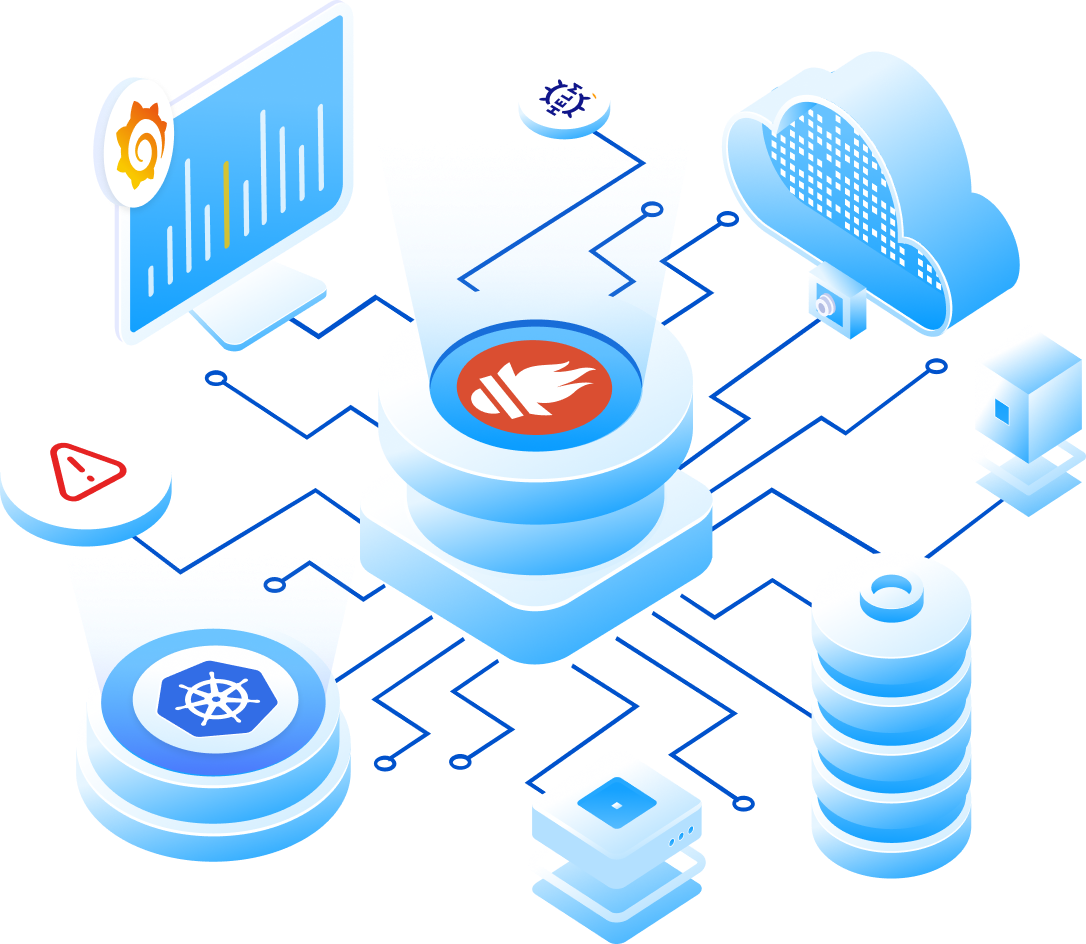Currently, the IT industry is experiencing a lot of changes. The emergence of artificial intelligence ( AI) has been one of the most significant factors that have helped companies achieve Digital Transformation. This transformation is not just limited to IT but also extends to other industries as well. AI holds great potential in improving efficiency, accuracy and productivity in various processes across industries including manufacturing, healthcare and finance among others.
AIOps is a key component of Digital Transformation
AIOps is a key component of Digital Transformation. It is an emerging technology that can help organizations to improve their business performance by reducing risk and improving IT service levels. The term AIOps encompasses many different tools and technologies that use artificial intelligence, machine learning, big data analytics and other advanced technologies to automate manual processes and make better decisions about IT services. It also helps companies reduce costs by eliminating non-value added tasks or processes performed by humans like change management or incident resolution; or manual monitoring tasks like service desk calls.
How to approach AIOps with the right tools and processes:
AIOps is a key component of digital transformation. It's the next step in the evolution of IT Operations. AIOps tools and processes help you monitor and analyze your IT infrastructure, enabling you to improve operational efficiency while reducing costs.
You can start by creating an inventory of all applications, services, protocols and devices that are supported by AIOps technology. After identifying all components, calculate their current usage levels to determine if it's worth implementing an AIOps solution at all. If there's enough value for your business based on how many people are using these systems or how valuable they are from a revenue perspective (e-commerce website), then continue with this guide!
1. Data Collection
Data collection is the process of collecting data from multiple sources.
Automate data collection: Data should be collected automatically instead of manually.
Continuous data collection: Data should be collected on a continuous basis, not just during scheduled times or at the end of a business cycle.
Granular data collection: The more granular the data, the better for your organization to see what’s happening in real-time and respond quickly when situations arise that need attention. This can include anything from log files and custom metrics to error codes and messages on apps or systems like servers and databases that don’t fit neatly into predefined categories.
Real-time analysis of data (no lag): You want to know what’s happening as soon as it happens so you can respond before any damage is done or any negative impact occurs—and if something goes wrong with your system, fix it immediately!
2. Data Aggregation & Validation
Data aggregation involves gathering data from multiple sources. Data validation is the process of verifying the quality of that data.
For example, you might have flow data coming in from your SIEM, a log file from your firewall, and two different internal dashboards that all collect different pieces of information about how your network is performing. You may also want to collect information about what's happening with endpoints and software on those endpoints—for instance, you can use logs or security tools like ESET Endpoint Security to see what user accounts are being used on an endpoint and whether there are any suspicious programs running on it. You're aggregating this information for analysis purposes: finding out which users are accessing sensitive documents at odd hours or where there may be unusual activity coming from a user account versus another one; looking at trends such as when certain types of files were accessed; etcetera (and so forth). But before doing any meaningful analysis on those datasets individually or together, we first need to make sure they're valid—that they contain accurate information that will let us draw conclusions based on them.
3. Anomaly Detection & Analytics
Anomaly Detection is a process of identifying unexpected or unusual patterns in data. Anomaly Detection can help you detect deviations from expected normal behavior, improve system availability and efficiency, and eliminate unplanned outages.
Anomaly Detection is an important part of AIOps as it identifies anomalies (anomalies are defined as abnormalities) in IT processes. The anomaly detection algorithm uses machine learning techniques to find anomalies in the collected data by detecting anomalies such as high latency, high error rates etc., that may indicate possible problems with your infrastructure or application stack. Anomaly detection helps you identify patterns in data over time by using historical information about your infrastructure and application stack so that you can take proactive actions before failures occur.
4. Incident Prioritization and Remediation via Actionable Insights
Incident prioritization is the process by which incidents are sorted into high- and low-priority groups. Incident prioritization can be done in a number of ways, such as through statistical analysis or through human decision-making. High-priority incidents are those that need to be resolved right away due to their severity or potential impact on your organization's operations (e.g., if they cause an application outage). Low-priority incidents might be low impact but require significant resources to resolve (for example, if they cause a minor performance degradation).
It’s critical that you prioritize your incidents correctly in order to ensure that more important ones get resolved quickly while less important ones don't unnecessarily consume resources. Incorrectly prioritizing can lead to wasted time and money spent on resolving low risk issues instead of more serious problems.
AIOps is at the heart of Digital Transformation, which includes everything from Microservices Architecture and Automation, to Program Management & Analytics. In order to ensure that businesses get value out of their AIOps investments, it is important to align them with RCA best practices. AIOps-driven RCA is the right solution to reduce risks or response time lags and to improve prevention, scalability, and standardization. With the help of AIOps, businesses can better understand trends and behaviors, predict future events with more accuracy, mitigate risks, contain issues, and align processes on their journey to digital transformation and continuous improvement.
Continue reading Part 2 : Root Cause Analysis(RCA) using AIOps



